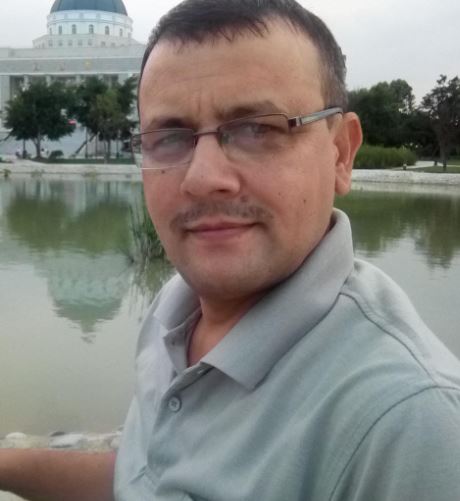
By Ritu Raj Subedi (21 March 2020) – Leaders of the South Asian Association for Regional Cooperation (SAARC) have woken up to the threat of COVID-19 now surfacing in the region. In a rare show of solidarity, the heads of government from the regional grouping of eight nations have made a collective commitment to fighting the possible spread of the virus.
Putting aside political differences, they held their first ever joint video conference on March 15 to work out a strategy to deal with the threat. This could well breathe life into the SAARC, moribund for more than half a decade.
This is a clear indication that nations are capable of mutual cooperation and showing solidarity when they face common enemy like a pandemic knowing no borders. Indian Prime Minister Narendra Modi took the initiative welcomed by all member states to bring together all South Asian leaders as the spread of COVID-19 looms large across the subcontinent.
Home to about one-fourth of the world population, mostly living in poverty, South Asia lacks sophisticated medical infrastructure and a large-scale epidemic could have devastating consequences for people and the economy. So, it is imperative for the SAARC members to act in unison and share their experiences and resources to avoid the possible fatalities.
Modi proposed setting up a COVID-19 emergency fund, with his government donating an initial $10 million. The member states can voluntarily chip in as well as avail themselves of the funds for the purpose.
The present pandemic has reminded them that regional collaboration is vital to protect their citizens from the killing contagion. The emergency fund will greatly support the member states to enhance the diagnostic capabilities of their medical facilities, such as public screening, establishment of quarantine centers and encouraging self-isolation.
The idea of the establishment of the COVID-19 emergency fund and SAARC Pandemic Protocol is good, and, now, members must focus on preparing rapid response teams of doctors and specialists with testing kits and other equipment. Many South Asia nations share open borders with high people mobility. This requires conducting digital integrated surveillance and temporary hospitals at the border points.
South Asia is rich in the traditional medicines and the people should be encouraged to use them for the prevention of the virus as vaccines against it are not yet available.
The people in the region have their unique way of greetings each other which is Namaste (hands raised in a praying position) instead of shaking hands, which helps them avoid the potential human-to-human transmission of the virus.
The SAARC member states have taken sweeping steps ranging from travel ban to visa suspension to health screening at the border entry points and cancellation of mountaineering expeditions.
As Nepal’s Prime Minister Khadga Prasad Sharma Oli said, collective wisdom and efforts would help devise a sound and robust strategy for the SAARC region in its fight against the pandemic.
The video conference must not degenerate into political grandstanding. Now, health ministers from the region should work out an action plan to advance and implement the ideas mooted in the virtual gathering.
Meanwhile, the SAARC should also learn from the measures China adopted to contain the virus. Given that most of the SAARC members share a common border with China, the latter’s experience can be crucial for the former in case the virus starts to raise its tentacles on a large scale.
Ritu Raj Subedi is the Deputy Executive Editor of The Rising Nepal. This article first appeared in China.org.cn.


